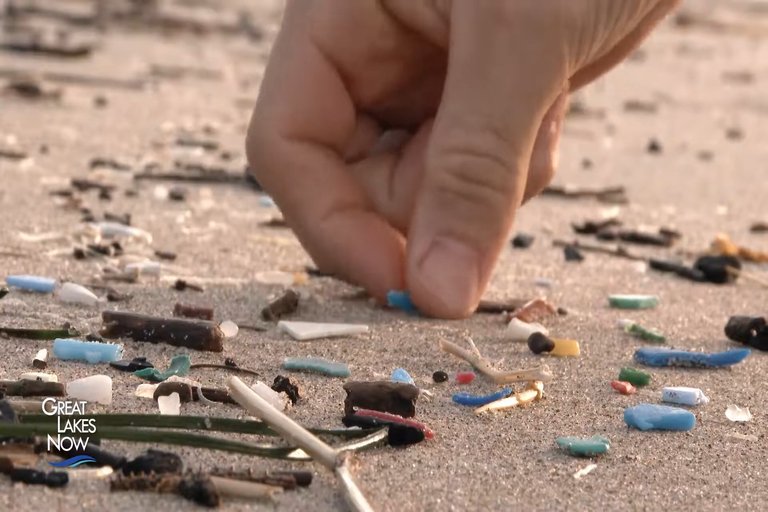A team of Canadian researchers has completed the first comprehensive map of microplastic flow in the St. Lawrence River, shedding light on how synthetic pollution travels from inland communities to the Atlantic Ocean. The project, led by the University of Sherbrooke and supported by Environment and Climate Change Canada, took three years and spanned over 1,200 kilometers of waterway.
Researchers collected thousands of water and sediment samples from key points along the river, including near Montreal, Trois-Rivières, and Quebec City. Microplastics—tiny particles less than five millimeters in size—were detected at every site, with concentrations highest near urban and industrial areas.
According to Dr. Olivia Beaudoin, lead scientist on the project, the findings show that wastewater treatment plants are major entry points for microplastics. “Even with modern filtration, many synthetic fibers from laundry and packaging materials pass through and enter the river system,” she said.
The study also revealed that microplastics bind with organic matter and are consumed by aquatic life, entering the food chain at multiple levels. Fish, mollusks, and even plankton were found to contain plastic fragments, raising concerns about ecosystem health and human exposure.
One surprising discovery was the role of seasonal ice. During winter months, microplastics become trapped in surface ice layers, only to be released in large pulses during the spring thaw. This dynamic affects when and where pollution peaks downstream.
The team developed a predictive model to forecast microplastic distribution under various climate and population scenarios. Early results suggest that unless infrastructure and consumer habits change, concentrations will double by 2035.
Community groups along the river have already used the data to advocate for stricter regulations on single-use plastics and better labeling on synthetic fabrics. Several municipalities have begun pilot programs to install advanced filters at public laundry facilities.
The St. Lawrence is a critical artery of trade and biodiversity in Canada, linking the Great Lakes to the ocean. Researchers say the findings are not just local, but part of a global story about how everyday products contribute to invisible pollution on a continental scale.
Public outreach has been a cornerstone of the project. An interactive map of the data is now available online, allowing residents to see how microplastics impact their local stretch of the river and how it connects to wider systems.
Funding came from a mix of federal grants, university contributions, and private philanthropy. The study's results will be presented at next year’s World Water Congress, where Canadian scientists hope to lead global discussions on freshwater microplastic mitigation.
As policymakers consider next steps, the study reinforces a growing consensus: what goes down the drain doesn’t disappear—it flows downstream, and eventually, back to us.
